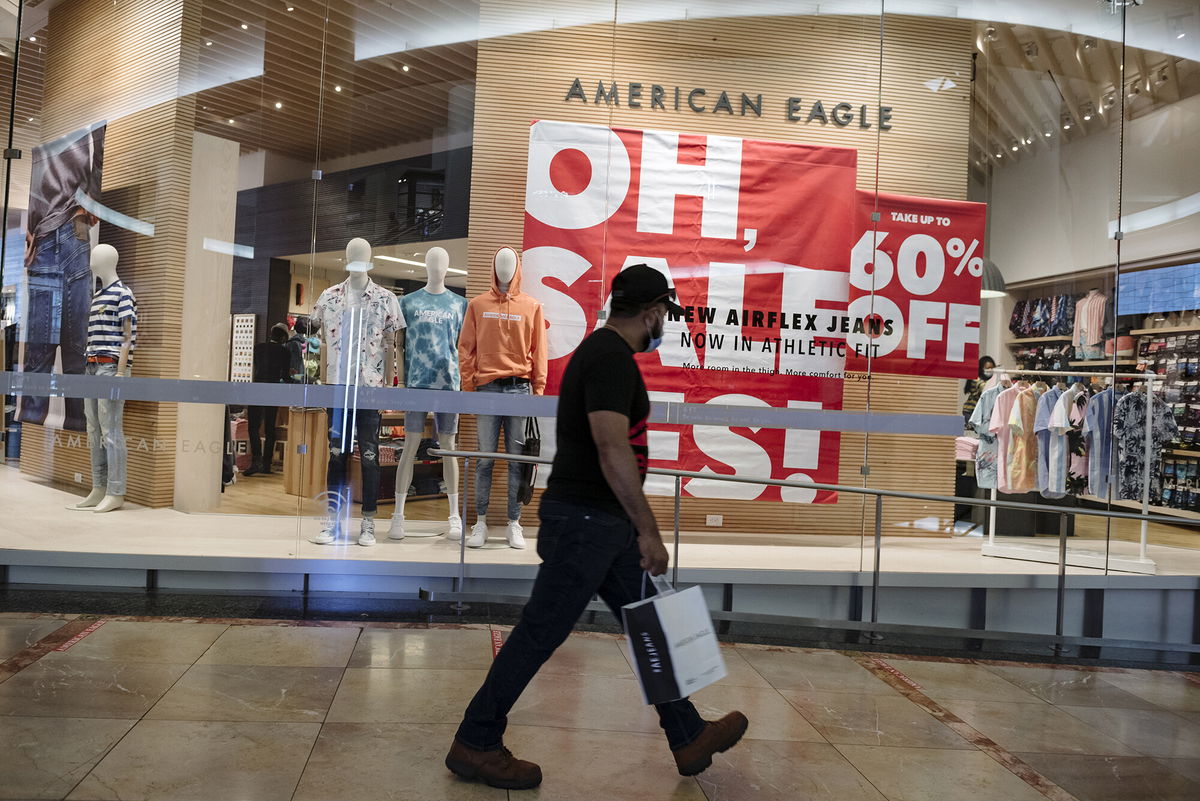Why you’re seeing fewer clothing sales right now

You're likely to see a near-absence of promotions now and through the holidays later this year.
By Nathaniel Meyersohn, CNN Business
If you feel like you’ve seen fewer blowout clothing sales at stores and online, you’re right. And you’re likely to see a near-absence of promotions even through the holidays later this year.
Consumer demand for new wardrobes is soaring thanks to stimulus checks and pent-up demand built during the pandemic. But supply chain bottlenecks and slowdowns at key ports around the globe have tightened brands’ inventories. This dynamic — intense demand for clothing and accessories combined with scare supply — has led to brands pulling back on promotions and selling more of their stuff at full price. For brands, it’s a welcome reversal of years of offering steep discounts to entice shoppers, a strategy that ate into their profits and eroded their pricing power.
Simeon Siegel, a retail analyst at BMO Capital Markets, said there were 32% fewer clothing items on sale during the second quarter of this year, compared with the same period a year ago, at the retailers he tracks, such as Gap, Urban Outfitters, American Eagle, Under Armour and Ralph Lauren.
An executive at L Brands, the owner of Victoria’s Secret and Bath & Body works, said in May that the company was “able to pull back dramatically on promotional activity” during its most recent quarter. An official at PVH, the parent of Calvin Klein and Tommy Hilfiger, said its profit margin increased nearly 10 percentage points during its latest quarter from the year prior “due to less promotional selling.”
“High demand is driving greater pricing power,” said an American Eagle official in May. The company noted a “significant reduction in promotions” during its latest quarter.
When the pandemic began last year and consumer demand came to an abrupt stop, brands initially feared it would lead to stockpiles of unsold clothing that they would have to markdown to clear off their shelves, said Siegel.
But brands’ worst-case scenario didn’t play out. Demand paused, but much of the clothing supply chain did too because factories shut down. That helped brands avoid a doomsday inventory glut. Supply chains have since resumed, but not at a fast enough pace to meet heightened demand.
The National Retail Federation, an industry group, expects retail sales to grow between 10.5% and 13.5% to more than $4.44 trillion this year, nearly double a previous forecast it gave.
This has created a supply and demand mismatch in favor of the brands. It’s the latest example of the post-vaccination economy hitting consumers’ pocketbooks. Cars and home prices are experiencing similar imbalances, driving up prices.
“Once demand came back, there simply wasn’t enough supply to meet it, which triggered a dramatic pullback on promotions,” Siegel said. For brands accustomed to promoting their products heavily, it’s a “once in a lifetime scenario.”
Supply chain delays are expected to continue through the rest of 2021, which will make it challenging for companies to build up their inventories, said Janine Stichter, a retail analyst at Jefferies.
That means that consumers should expect to see fewer promotions than they’re accustomed to for the remainder of the year, she said, including during the holiday shopping rush.
The-CNN-Wire
™ & © 2021 Cable News Network, Inc., a WarnerMedia Company. All rights reserved.